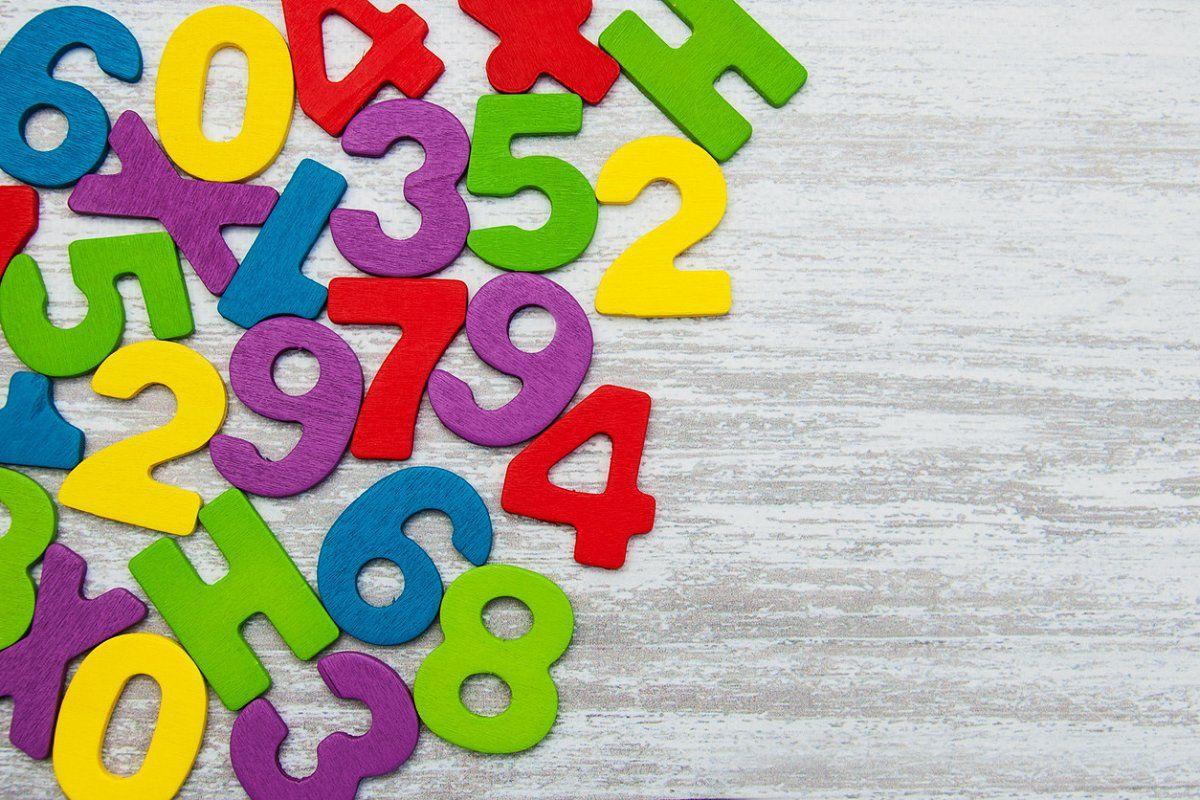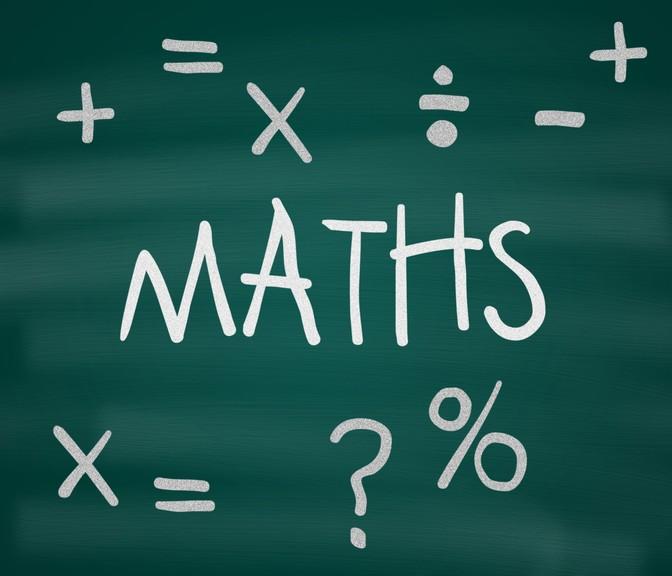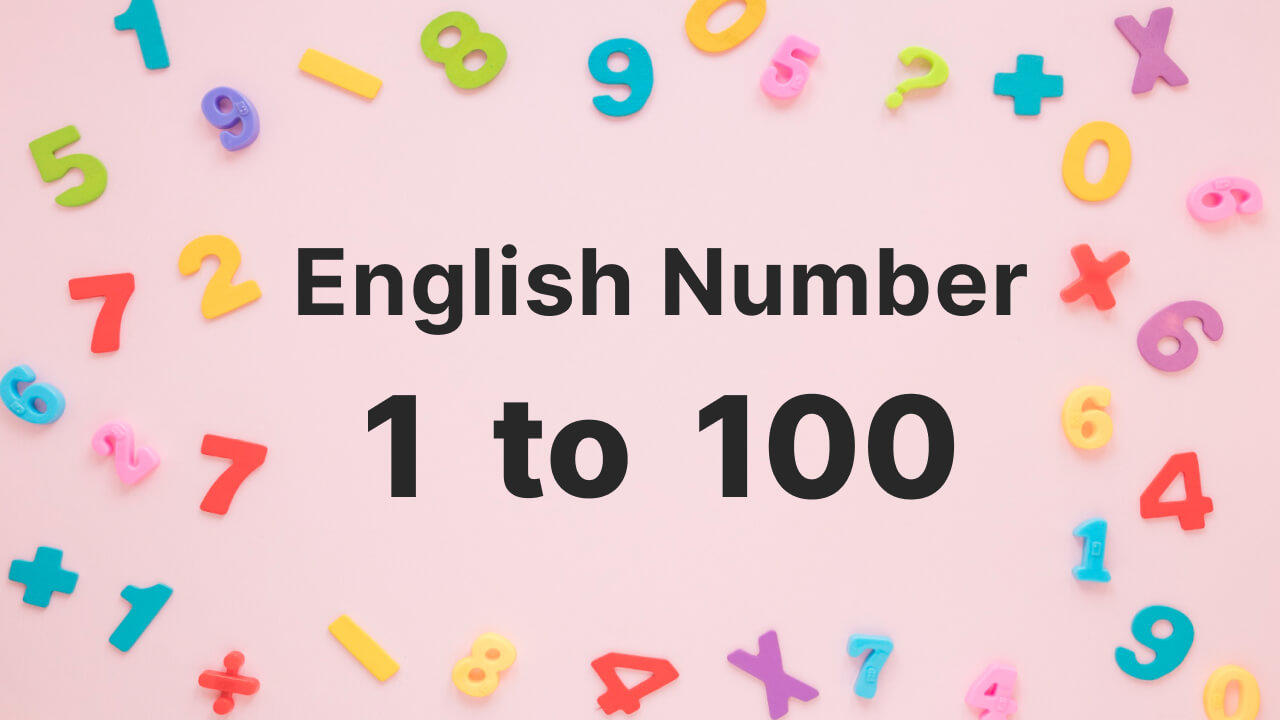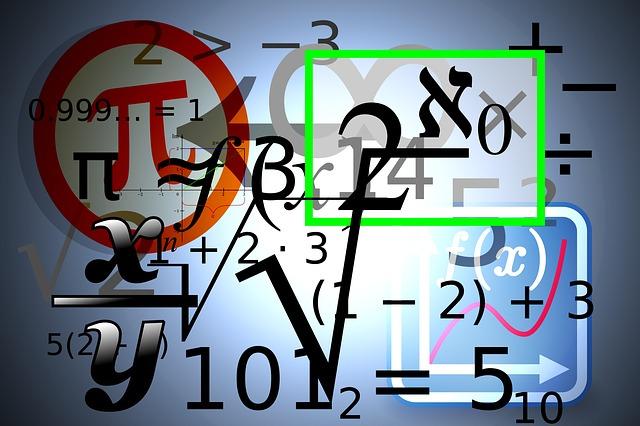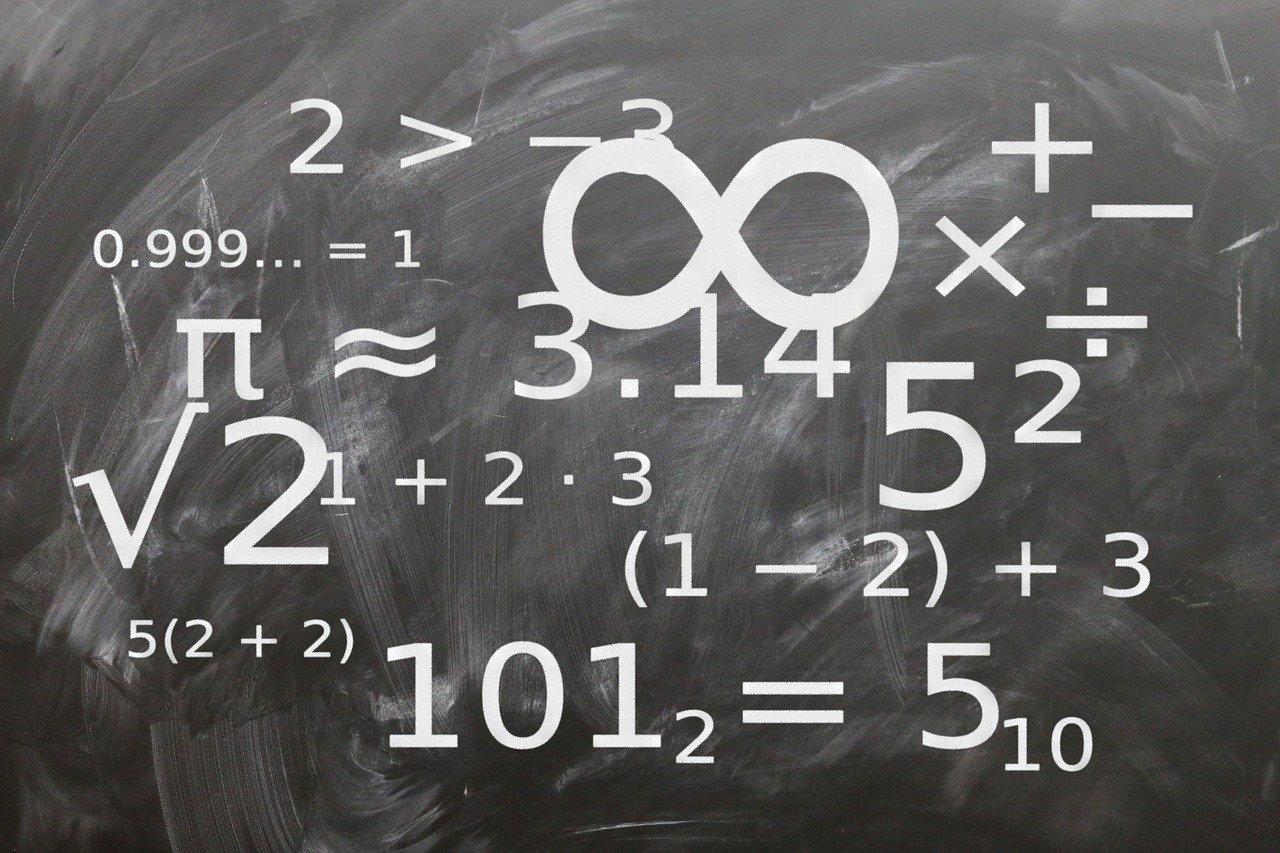Numbers are utilized in our daily activities. They are frequently referred to as numerals. Numbers are essential for counting various quantities such as objects, dates, time, currency, and so on. Occasionally, these numerals serve as units of measurement, while at other times they function as labels.
Maths numbers have inherent qualities that enable them to undergo mathematical operations. These numbers are presented in both numerical and verbal formats. For instance, the numerical value 2 is expressed as "two" in written form, whereas the numerical value 25 is expressed as "twenty-five" in written form. Students can enhance their learning by engaging in exercises that involve transcribing the numbers from 1 to 100 into written form.

Types of Numbers in Maths
Numbers are a fundamental component of our daily existence, from the duration of our nightly sleep to the number of laps we do on the racing circuit, among other things. In mathematics, numbers can be categorized into several types, including even and odd numbers, prime and composite numbers, decimals, fractions, rational and irrational numbers, natural numbers, integers, real numbers, rational numbers, irrational numbers, and whole numbers.
| Type of Number | Description | Examples |
|---|---|---|
| Natural Numbers | Counting numbers starting from 1. | 1, 2, 3, 4, 5, ... |
| Whole Numbers | Natural numbers including 0. | 0, 1, 2, 3, 4, 5, ... |
| Integers | Whole numbers and their negatives. | -3, -2, -1, 0, 1, 2, 3, ... |
| Rational Numbers | Numbers that can be expressed as a fraction (a/b) where a and b are integers and b ≠ 0. | -1/2, 0.75, 2/3, 5, ... |
| Irrational Numbers | Numbers that cannot be expressed as a simple fraction; their decimal form is non-repeating and non-terminating. | √2, π, e, ... |
| Real Numbers | All rational and irrational numbers. | -√2, 0, π, 1/2, 3.5, ... |
| Complex Numbers | Numbers that have a real part and an imaginary part (a + bi where i is the square root of -1). | 2 + 3i, -1 + 4i, 3i, ... |
| Imaginary Numbers | Numbers that are multiples of the imaginary unit i. | i, 2i, -3i, ... |
| Prime Numbers | Natural numbers greater than 1 that have no positive divisors other than 1 and itself. | 2, 3, 5, 7, 11, 13, ... |
| Composite Numbers | Natural numbers greater than 1 that are not prime (i.e., they have divisors other than 1 and itself). | 4, 6, 8, 9, 10, 12, ... |
| Even Numbers | Integers divisible by 2. | -4, -2, 0, 2, 4, 6, ... |
| Odd Numbers | Integers not divisible by 2. | -3, -1, 1, 3, 5, ... |
| Positive Numbers | Numbers greater than 0. | 1, 2, 3, 4, ... |
| Negative Numbers | Numbers less than 0. | -1, -2, -3, -4, ... |
A number is a numerical value utilized for expressing a quantity and employed in performing mathematical computations. Numerals are written symbols, such as "3", that signify numbers. A number system is a method of representing numbers using digits or symbols in a systematic manner.
Mathematical numbers may be categorized into sets referred to as the number system. The many categories of numbers in mathematics include the following:
- Natural numbers, often referred to as counting numbers, encompass the set of positive integers ranging from 1 to infinity. The set of natural numbers is represented by the symbol "N" and is defined as N = {1, 2, 3, 4, 5, ……….}
- Whole numbers, sometimes referred to as non-negative integers, do not include any fractional or decimal portion. The symbol "W" represents the set of whole numbers, which comprises the numbers {0, 1, 2, 3, 4, 5, …}.
- Integers refer to the whole collection of entire numbers, which encompasses both positive and negative natural numbers. The symbol "Z" denotes the set of integers, which includes the numbers -3, -2, -1, 0, 1, 2, and 3.
- Real numbers encompass all positive and negative integers, as well as fractional and decimal numbers, excluding imaginary numbers. The symbol "R" represents it.
- Rational numbers are defined as numbers that may be expressed as the ratio of two integers. This implies that any numerical value that may be expressed in the form of p/q. The sign "Q" denotes the rational number.
- Irrational numbers, denoted by the sign "P", are numbers that cannot be stated as the ratio of one number over another.
- Complex numbers, denoted as "C," are numbers that may be expressed in the form of a+bi, where "a" and "b" are real numbers and "i" is an imaginary number.
- Imaginary numbers are complex numbers expressed as the product of a real number and the imaginary unit "I".
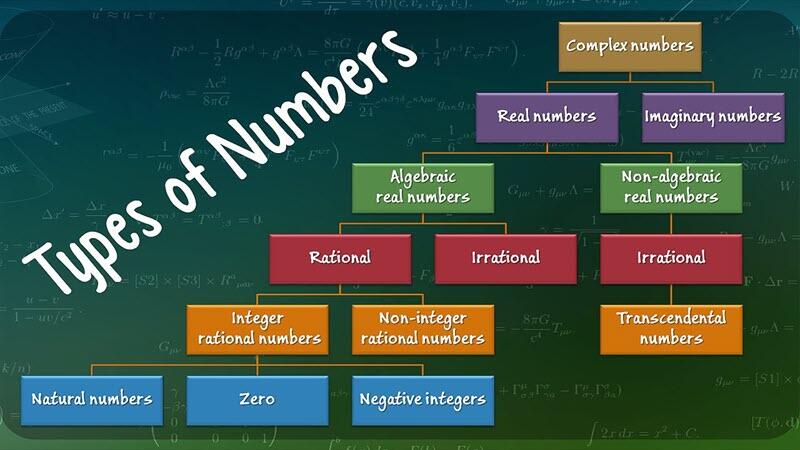
Additionally, there are other types of numbers like even and odd numbers, prime numbers, perfect numbers, and composite numbers.
- Even numbers are defined as numbers that are divisible by 2 without any remainder. These can be either positive or negative numbers, such as -42, -36, -12, 2, 4, 8, and so on.
- Odd numbers are defined as numbers that are not divisible by 2. These numbers can be either positive or negative, such as -3, -15, 7, 9, 17, 25, and so on.
- Prime numbers are integers that are divisible only by 1 and themselves. (i.e.,) 1 and the number itself. Prime numbers are defined as numbers that can only be split evenly by 1 and themselves. For instance, the numbers 2, 3, 5, 7, 11, and so on.
- Composite numbers are defined as numbers that possess more than two elements.
| Name | Symbol | Properties | Set/Examples |
|---|---|---|---|
| Integers | Z | All positive and negative whole numbers. | {...−1,−2,0,1,2,...} |
| Natural | N | Numbers used for counting (all positive integers). | 0,1,2,... |
| Real | R | Includes all numbers on the number line. | 15,√15,0,−2 |
| Rational | Q | All real numbers which can be expressed as a fraction, pq where p and q are integers and q≠0. All integers are rational numbers as 1 is a non-zero integer. | 15,51(=5),23,32,03(=0) |
| Irrational | I | All real numbers which can't be expressed as a fraction whose numerator and denominator are integers (i.e. all real numbers which aren't rational). | π,√2,√3 |
| Imaginary | NA | Numbers which are the product of a real number and the imaginary unit i (where i=√−1). | 3i=√−9,−5i=−√−25,3√2i=√−18 |
| Complex | C | All numbers which can be expressed in the form a+bi where a and b are real numbers and i=√−1. Each complex number is a combination of a real number (a) and an imaginary number (bi). | 1+2i,1,i,−3i,0,−5+i. |
Special Numbers in Maths
The discovery of certain special numbers in mathematics has propelled the world's progress to the same extent as the invention of the light bulb or the implementation of the assembly line. Let us discover them for ourselves!
Cardinal Numbers
A cardinal number is a numerical value that indicates the quantity or count of something. For instance, there are 2 apples and 5 flowers. It measures the quantity of a thing. It lacks values in the form of fractions or decimals. Cardinal numbers are numerical symbols used for counting and quantifying objects or entities.
Ordinal Numbers
Ordinal numbers are numerical representations of the rank or position of an item or person. These figures are often known as placement or ranking numbers.The sequence of ordinal numbers varies dependent on established characteristics such as weight, height, markings, size, etc.
Nominal Numbers
A notional number is a numerical identifier that is used to designate an individual or object, rather than to represent a specific value or quantity. Instances of nominal numbers encompass the numerical value displayed on the rear of a football player's jersey, the numerical identifier on a racing vehicle, a residential address, or a National Insurance identification number.
Strengthen your basics with a maths class 10 and build a clearer understanding of number systems and their uses.
Zero in Maths
Aryabhatta
Astronomer and mathematician Brahmagupta from India utilized zero in mathematical calculations such as addition and subtraction.
Aryabhatta is credited with introducing zero in the 5th century, while Brahmagupta incorporated zero into calculations around 628 AD. As a result, it can be concluded that Aryabhatta is the inventor of zero.
Zero is a numerical value representing the lack of any positive or negative quantity. The sequence of integers beginning with 1 and continuing indefinitely is called the set of natural numbers. The set of whole numbers is the union of zero and the natural numbers. The symbol "0" represents the numerical value of zero.
Zero is classified as a real number due to its status as an integer. Integers encompass all negative and positive integers, as well as zero. The set of real numbers encompasses integers, fractions, and decimals. The number zero is located between -1 and 1.
The number zero is considered neither negative nor positive.
The Mayans adopted the concept of zero to indicate time intervals and to signify dates on their calendar. The Indians were the pioneers in utilizing zero as a numerical value and assigning it significance in mathematics. The notion of zero in mathematics is said to have originated in India for this reason. The Arabians embraced the concept of zero as a numerical symbol denoting both nothingness and infinite.
Properties of Zero
| Property | Formula |
| In addition: When zero is added to another number, the sum will be the number itself. | a + o = a |
| In subtraction: 1. When zero is subtracted from another number, the difference will be the number itself. 2. When a number is subtracted from itself, the result will also be zero. | a - 0 = a a - a = 0 |
| In multiplication: When zero is multiplied by another number, the product will always be zero. | a x o = 0 |
| In division: If zero is divided by another number, the quotient is zero. | a ÷ o = 0 |
Value of Pi
Pi (π) is the numerical number that represents the ratio of a circle's circumference to its diameter, and it is approximately equal to 3.14159. When you divide the circumference of a circle (which is the entire distance around the circle) by its diameter, the result will always be the same number.
Pi is approximately equal to 3.14 or 22/7.
When calculated to 39 decimal places, pi is 3.141592653589793238462643383279502884197. It is an irrational number, meaning it cannot be expressed as the ratio of two whole numbers and its digits do not repeat.
The value of pi remains constant regardless of the size of the circle. The symbol π represents the mathematical constant Pi and is pronounced as "pie". The letter in question is the 16th character of the Greek alphabet and is commonly employed to symbolize a mathematical constant.
To calculate the value of π, the pi formula is used, which is:
π = (Circumference/ Diameter)
Or, π = 3.14159 = 22/7
What is the Golden Ratio?
The Golden Ratio is a mathematical ratio that is commonly found in nature, art, and architecture. It is approximately equal to 1.618 and is often represented by the Greek letter phi (φ)
The golden ratio is an irrational number, represented by the expression (1 + √5)/2, sometimes abbreviated as ϕ or τ, and approximately equal to 1.618. The ratio is the proportion of two line segments, where the ratio of the whole segment to the longer segment equals the ratio of the longer segment to the shorter segment.
The origin of this numerical value may be attributed to Euclid, who refers to it as the "extreme and mean ratio" in his work, The Elements. Regarding contemporary algebra, if we define the length of the shorter segment as one unit and the length of the longer segment as x units, we can establish the equation (x + 1)/x = x/1. This equation can be rearranged to form the quadratic equation x2 – x – 1 = 0. The positive solution to this equation is x = (1 + Square root of√5)/2, commonly known as the golden ratio.
The Number E
E is a mathematical constant that serves as the foundation for the natural logarithm function f(x) = ln x and its inverse, the exponential function y = ex. The constant is represented by the integer 2.71828, rounded to five decimal places. The number e is an irrational number, meaning it cannot be represented as the quotient of two numbers. Additionally, it is a transcendental number, indicating that it cannot be expressed as the solution to any non-zero polynomial equation with rational coefficients.
While it is often attributed to Swiss mathematician Leonhard Euler, the discovery of this mathematical concept may be traced back to mathematician Jacob Bernoulli in 1683. The mathematical constant e is widely utilized in several fields of mathematics and the sciences. It plays a role in several computations such as determining the rate of radioactive decay, exponential growth, continuous compound interest, and the time it takes for a capacitor to completely discharge.

